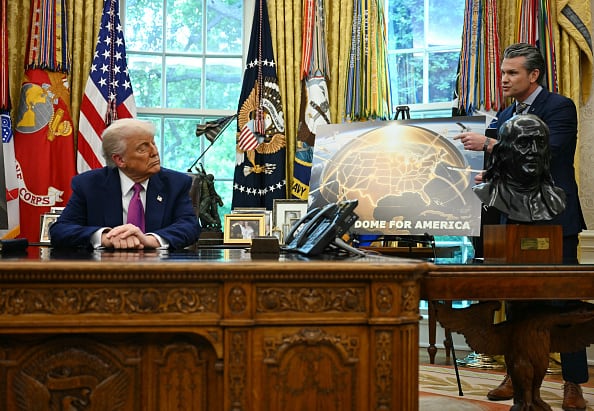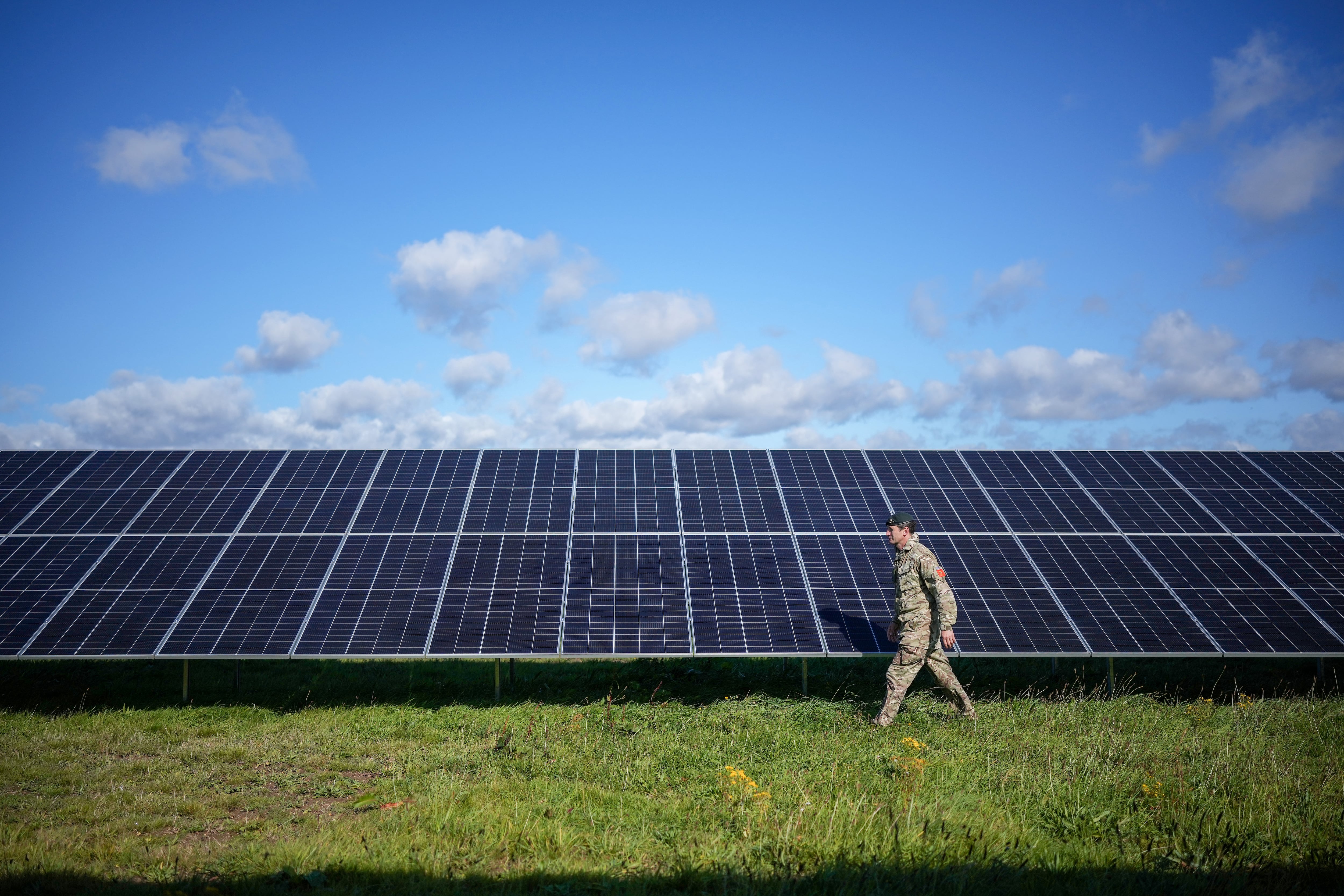![635615041850060108-ISR-Rich-Wittstruck [ID=24654227]](http://www.gannett-cdn.com/-mm-/84e7b4881ad48854d4e7b0eab1a31ed4cf9b256d/r=315x400/local/-/media/2015/03/09/C4ISR/C4ISR/635615041850060108-ISR-Rich-Wittstruck.jpg)
A joint NATO electronic warfare and ISR exercise conducted last year, Unified Vision 2014 networked a great variety of platforms – from P3 Orion, Boeing 707 and other manned aircraft providing cooperative electronic support measures to assorted drones and aerostats collecting full motion video, to naval ships and ground systems, like unattended ground sensors – distributed across nine locations in Europe and North America.
C4ISR & Networks talks to Richard Wittstruck, U.S. Army acting deputy PEO for Intelligence, Electronic Warfare and Sensors (IEW&S) and the American lead for the exercise, about the scenario, some of the platforms networks involved and what might be coming for Unified Vision 2016.
What was the scenario for UV14?
The scenario was two neighboring nations, North Land and South Land, who have a common border and who have a shared ancestry, but there's a political tension that has existed between them for a long time. And there are disputed lands along that border where each side claims they own them. There are also ancillary possessions of North Land and South Land… South Land is an ally of NATO. They invited NATO to come in and conduct an exercise called Bold Avenger. When they did that, the North Land saw that as an act of aggression.
What did UV14 test?
The purpose of it was to test and exercise tactics, techniques and procedures in an operationally relevant, command and control construct… for the purposes of informing joint intelligence surveillance and reconnaissance… as well as helping the NATO Response Force nations that will be part of the Response Force 2016 to exercise their command and control constructs as they go forward to... Steadfast Cobalt, which takes place in the spring of this year, which will certify the CIS [computing information system, or IT] activities of the network operations and Trident Juncture, which takes place later this year in about the November timeframe, which will certify the overall operational readiness.
Where was the fusion center for UV14's Coalition Joint Task Force (CJTF) located?
It was co-located at Ørland Royal Air Base, in Norway, where the trial site took place…We had a main planning building in which we housed an operations floor. That operations floor housed the CJTF staff as well as the maritime component command and the air component command. And then to make it a more realistic, we took the land component command headquarters and moved it to a separate bunker two kilometers away so that it stressed the network.
Tell me about networks used in UV14.
So CFBLNet [Combined Federated Battle Laboratories Network] is NATO's investment in a test and evaluation network to be used for experiments, trials such as Unified Vision '14 and other activities to be conducted on an unclassified level… BICES [Battlefield Information Collection and Exploitation Systems], on the other hand, is… used by the NATO military forces to conduct their operations, command and control in a NATO secret environment..
There was a refugee element to the exercise. How was that addressed?
For the first time NATO applied its biometrics capabilities to determine, as you were in-processing refugees, who was a real refugee and who was a North Land operative who was hiding in the open with the refugees, trying to make their way further into South Land.
What's the significance of using Global Hawk?
That was the first time that Global Hawk had been deployed through the European continent and had to coordinate with several European member nations using their civilian airspace management laws to transit itself from its base in Sigonella, Italy, up to Norway and back.
Besides the Global Hawk and AWACS, what other airborne ISR assets were employed?
You had a Raven airframe... You had a Harris airframe, which is a micro-UAV… [T]he Belgians flew a Hunter UAV over Belgium… We had manned aircraft resident in Norway that included Greek Embraer 145s, which were outfitted with signal intelligence collection capability. We also had non-traditionalized our assets in the form of [partner] nation F-16s that would fly, first and foremost, collecting using their targeting pods for ISR purposes…[W]e had an aerostat actually moored at Norway, and we also played a second larger aerostat remotely over the network from Yuma Proving Ground.
How far along is planning for UV16?
We've collected… information on those [nations] that are interested in hosting UV16. I hope to be able to make an announcement… by the March time frame on a venue. We're going to have strategic objectives at least drafted for sharing with the joint capability group on ISR, so at their spring meeting, they can start the planning process.
What will likely happen in UV16?
We will probably get more convergence between the C3 community, especially on the communications aspect… so that we don't have to birth the next-generation Afghan mission network from scratch wherever our next NATO campaign takes place.








